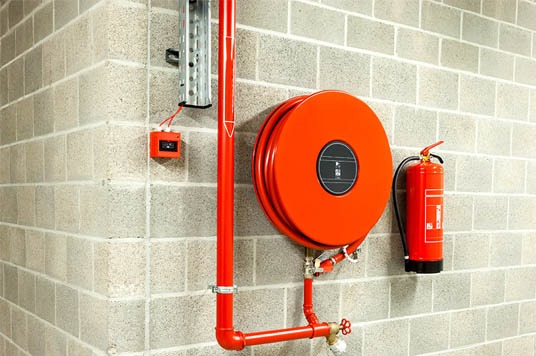Fire suppression is one of the most important things that fire safety equipment suppliers in uae provide because one should always have this around them in order to keep them safe from unexpected hazardous situations. But when we talk about fire suppression, there is always a concern of global warming raised because sometimes these fire suppression agents can be harmful.
Here we will learn what different suppression agents are and how they affect the environment and if there is an alternative to that for a safer approach.
If you are aware of the fire triangle then you must know that there are three elements which come together to give rise to fire. Fuel source, oxygen and heat are those three elements which can produce fire anywhere, any time and in order to extinguish fire, eliminating heat or oxygen is necessary which can be done with the help of fire suppression clean agents.
Clean agents refer to the chemicals and inert gases which can be used to suppress a fire. The best part about clean agents is that they are nonconductive, noncorrosive and does not harm the environment, equipment and people around because they make sure not to leave any residue behind.
Before clean agents were introduced, Halon was one of the most popular repression agents as it very efficiently helped in suppressing fire, left no residue behind and it wasn’t harmful for humans and wildlife as well. They couldn’t be considered clean agents because of its harmful effects on the environment which was posing a negative effect on the ozone layer of the earth. This is when Halon’s use was restricted because of the threat and other alternatives such as Novec 1230 and FM 200 suppression systems came into being.
Novec 1230 and FM 200 are considered safe because they have 0 potential of ozone depletion which simply makes them safe for the ozone layer. Even though FM 200 has a global warming potential slightly lower to 1 like carbon dioxide, it is still considered safe as suggested by industrial regulations. This is because the regulations are made keeping environmental properties and environmental impact – both under consideration. They are a safer approach because they contribute only 0.002% of total in global warming.
